
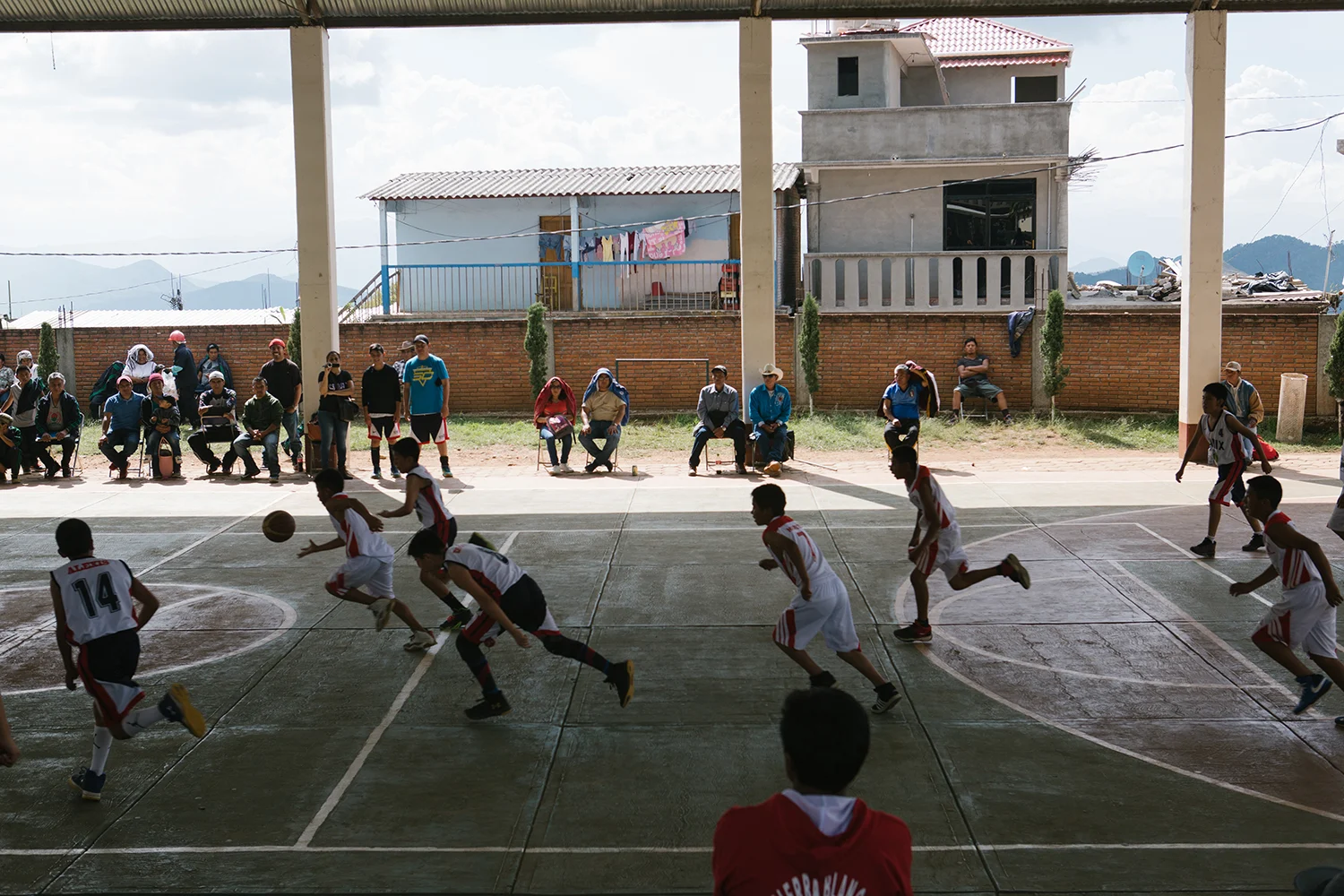
In much of Mexico, football is by far the most popular sport, but things aren’t quite so simple in the more remote regions of the country, such as the Oaxaca region. In the traditional pueblos that many of the Mixe people call home, some of which sit 2,000 meters above sea level, you’ll find a host of street basketball courts. Mexican-American photographer Alicia Vera was surprised when she heard about the local basketball tournaments and festivals, but after seeing them for herself she fell in love with the passion, the sportsmanship and the culture. She tells Joe Zadeh all about the community she can’t help returning to again and again.
The Mixe are an indigenous people who live in small towns and villages, or pueblos, dotted up and down the towering, humid and luscious green mountain ranges of Sierra Norte in the Oaxaca region of Mexico. Cultural traditions are still going strong in these pueblos, some of which are over 2,000 meters above sea level. Many communities have their own distinct clothing (in fact, the brand Anthropologie were recently accused of plagiarizing Mixe-style embroidered blouses), cuisine, and music, in the form of a brass band that march the streets during religious celebrations. But one of the less expected traditions in these mountain communities is an absolutely obsessive and undying love for the sport of basketball.
In Mexico, a country hooked on football, one might have expected its rural communities to be the same, but among the Mixe people it’s hoop dreams that reign supreme. It began in the 1930s, when President Lázaro Cárdenas was in charge of Mexico. He had noticed an atmosphere of violence and animosity growing among pueblos in the mountains, usually related to disputes over land, according to the Mexican-American photographer Alicia Vera. “The president wanted to bring them together, and he thought sports might work.”
The geographical terrain itself dictated to Cárdenas what could be done. The land in and around the pueblos was far too uneven and precipitous to accommodate large flat football pitches, and so they opted for basketball courts. Quickly, the courts became pillars of community life in the pueblos, not just used for basketball but also as meeting places and even to dry coffee beans. More importantly, this fairly logistical decision has given rise to nearly a century-long obsession with basketball in the region that now has its own prestigious tournament: the Copa Mixe. “Now basketball is just as important there as religion,” Alicia says.
After hearing about Copa Mixe, Alicia, who has been an award-winning photographer for more than a decade, repeatedly visited Mixe communities across Sierra Norte to document the ways in which basketball has become so integral to the local identity. “It seemed like such a beautiful and random story,” she says. “I think so much of what we see in the media of Mexico is violence, drugs and issues about migration. But there is this whole other side of the country, and just because it’s hidden away in mountains doesn’t mean it isn’t vibrant. I’m really determined to showcase a diverse Mexico that isn’t violence and drugs, that isn’t the stuff we see in the media.”

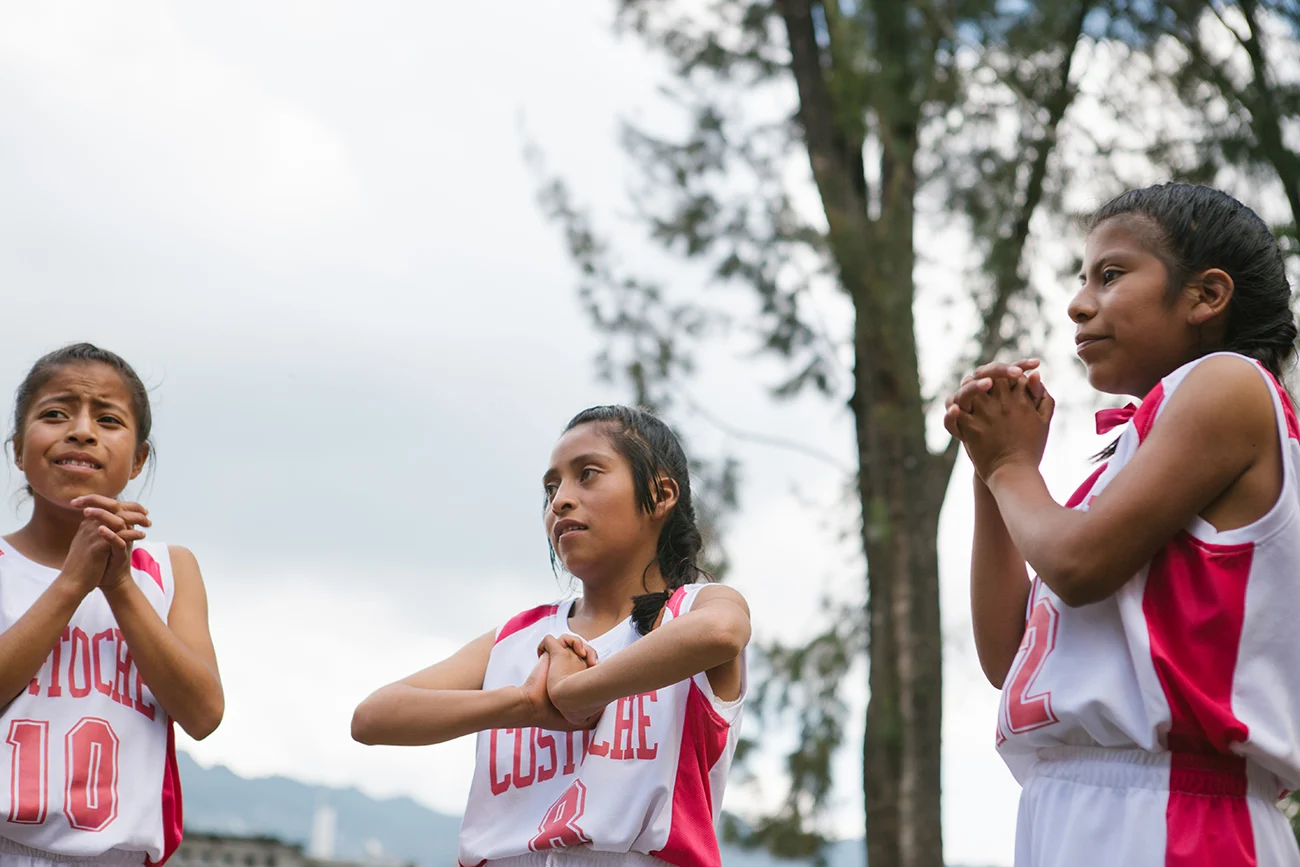
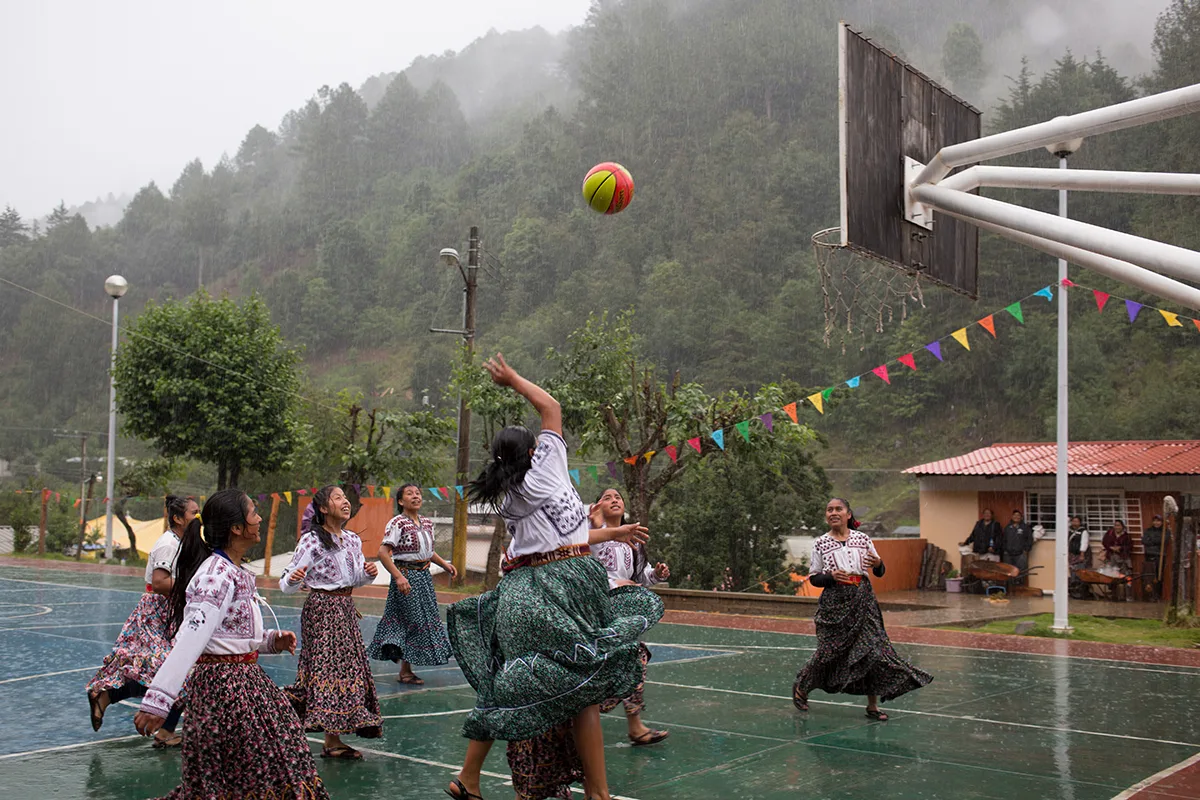
“The story just fell in my lap,” says Alicia. She was traveling around Mexico while working on a story about the education system, when a young girl told her about the basketball tournaments in her pueblo. “Of course, I was surprised to hear that,” says Alicia. “She took me , and the first thing I saw was these girls in these beautiful clothes, playing basketball in the torrential rain.” The girls were playing in sandals and dresses, and the court was surrounded by towering green mountains. “It was so bad ass,” says Alicia. “It all began there. After I left, I kept asking her when the next celebration or game was. I ended up making three or four trips.”
Just because this community is hidden away in the mountains doesn’t mean it isn’t vibrant.
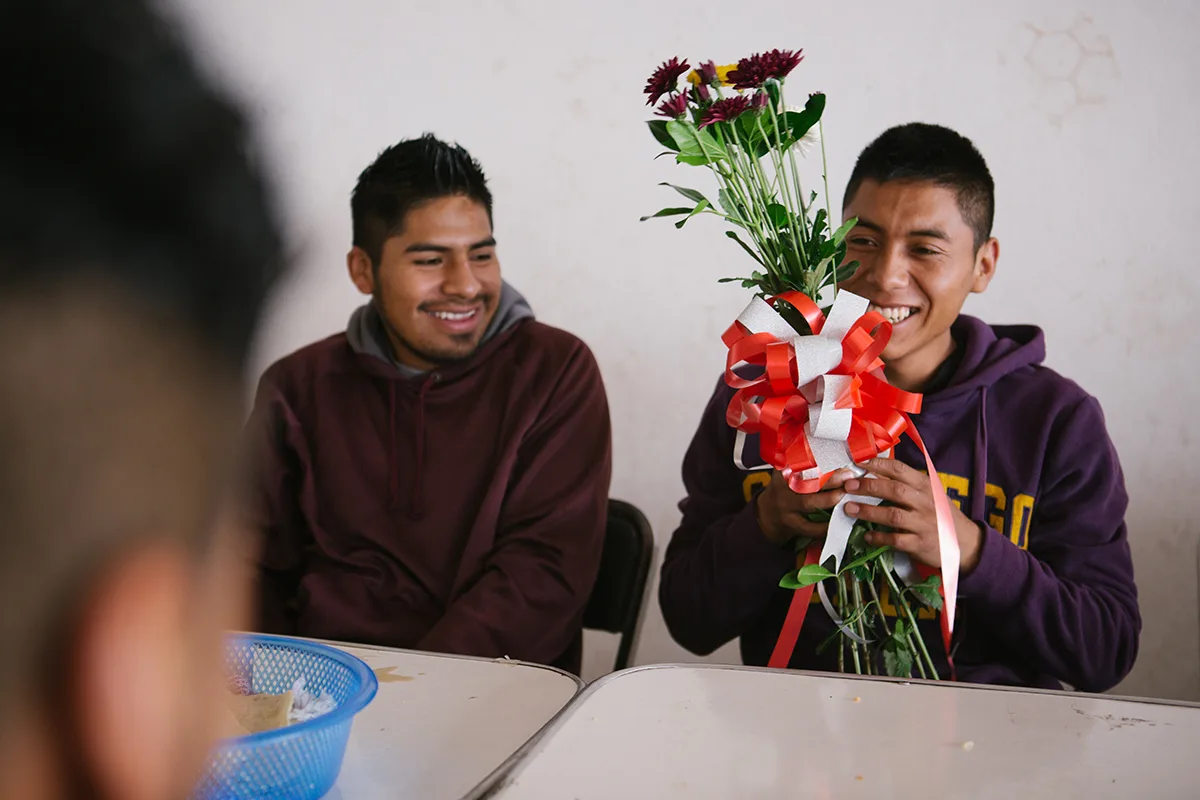
“I was staying in a town called Santa María Tlahuitoltepec. Everyone in the town, including the basketball players, was invited to eat breakfast in this big space that’s usually the market,” Alicia says. After they’d eaten, religious elders stood and gave speeches about what basketball means to the people of the pueblo, and passed around bouquets of flowers that they had blessed. “They say things like, ‘We’re here to play, not fight. Yes, there is rivalry, but this is about bringing the community together.’ So it’s religion and sports mixed together,” says Alicia. “Then before the actual games the person keeping score will give another speech about sportsmanship. You hear it so many times, and you can tell it’s important to them.”


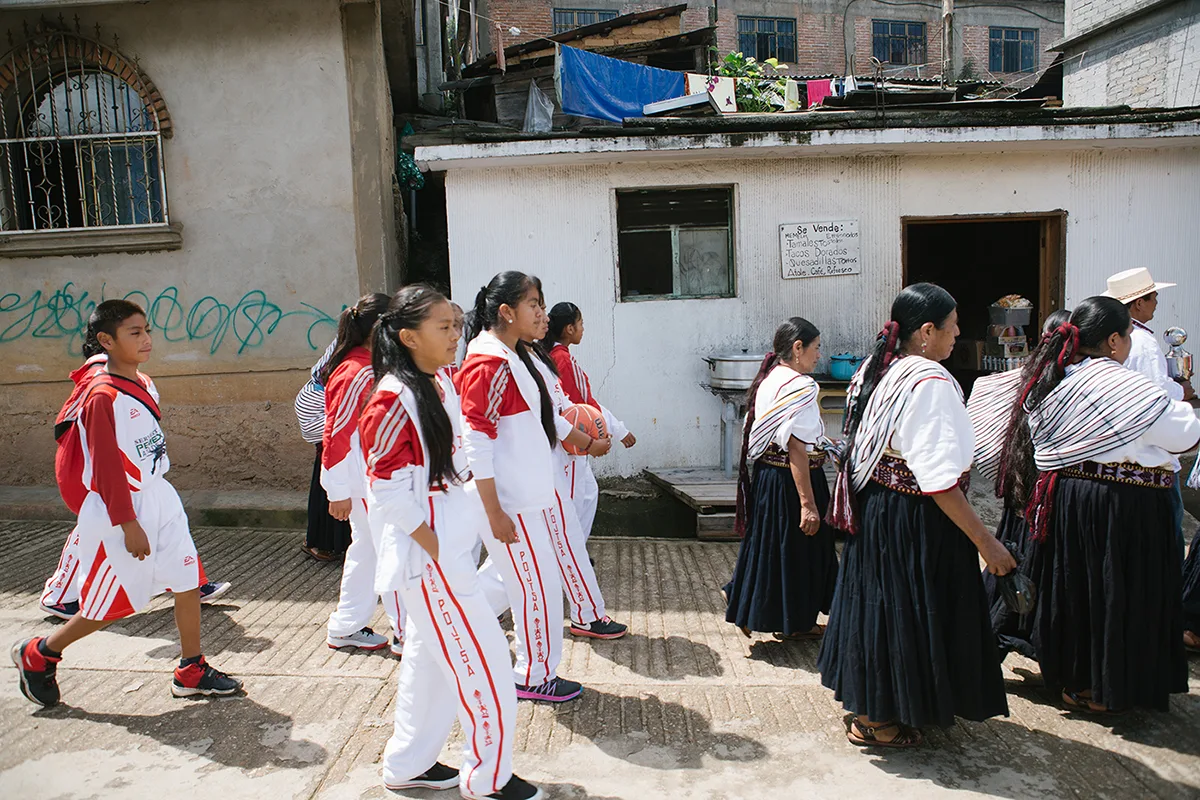
After breakfast, teams from all across the region board buses and head to Tamazulapam, where the Copa Mixe tournament is held. “When they arrive they all divide into their own pueblos and hold signs saying where they’re from,” says Alicia. As each group proceeded down the mountain towards the basketball courts, one particular pueblo caught her eye. “I felt like this photo spoke about the passing down of traditions from generation to generation,” she explains. “Younger and older players marching together, wearing a mixture of traditional and modern clothing, and speaking in a blend of Mixe and Spanish… You’d think a basketball tournament would be just for young people, but there were men in their 50s playing.”
The mountains, the people crowded around the court – it was one of the most beautiful things I’ve ever seen.
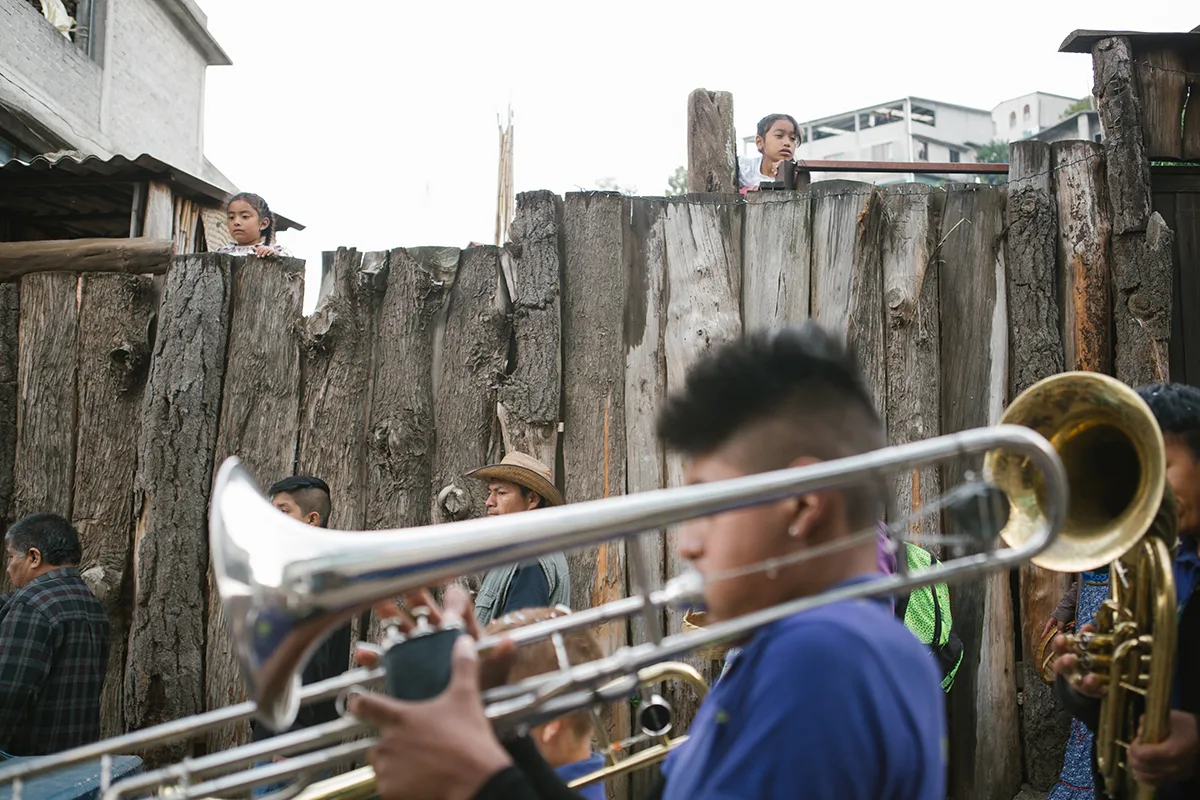
“People come from pueblos all over the place, and not everyone has cars so they really make an effort to come,” Alicia says. “It gets busy and before long every bench in town is full. People are watching the games, and there are also families who open their homes to visitors so they can go in and eat and drink. They welcome bands, so people can party there. It’s a big weekend of singing and dancing and fireworks.”

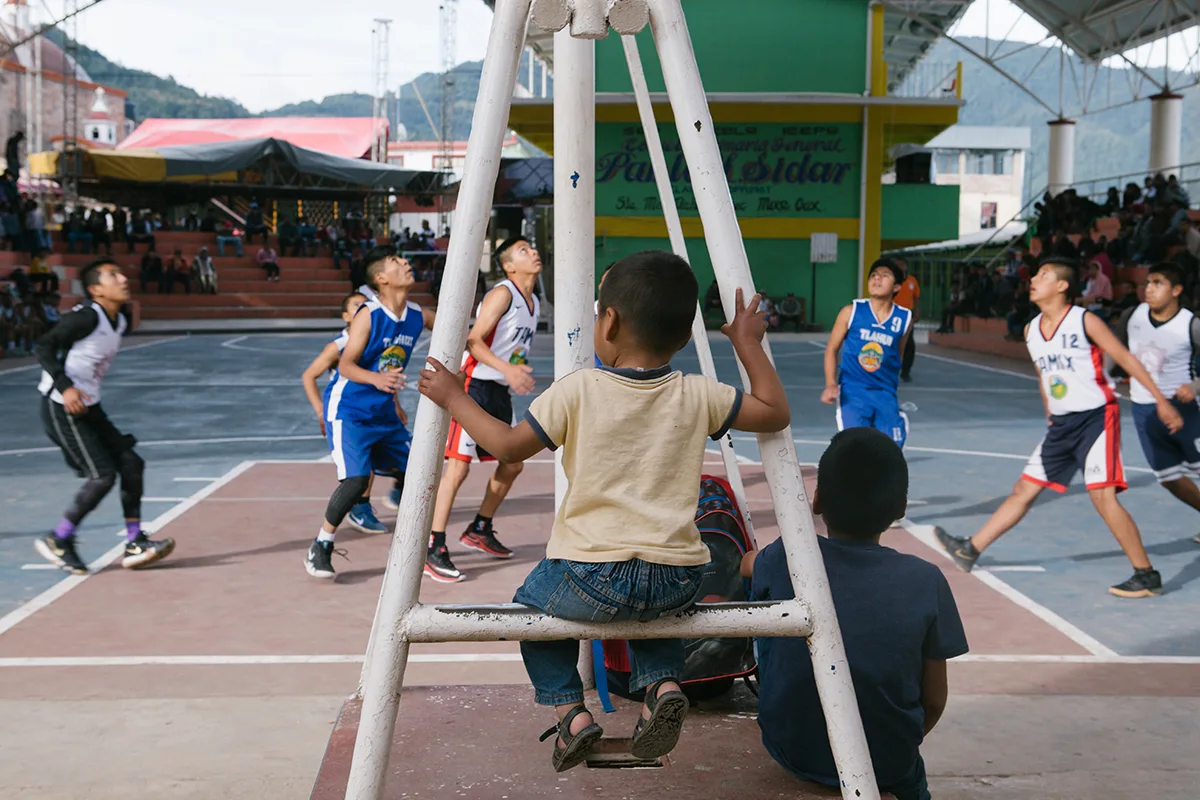
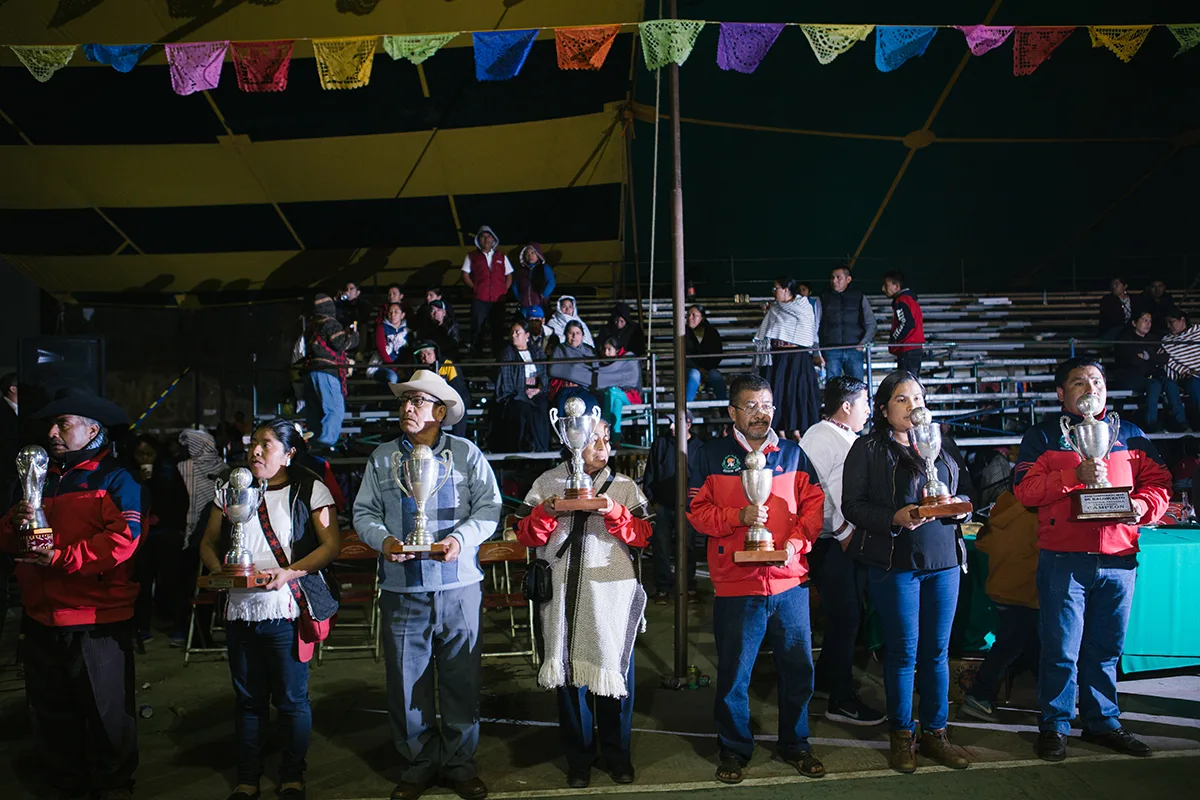
The Copa Mixe might have traditional origins, but it has changed a lot since the early days. While elders told Alicia that winning teams used to be rewarded with chickens, cattle and honey, they are now celebrated with gleaming trophies. And the entire competition is filmed and streamed on Facebook live for Mixe emigrants who can’t attend. “People from this community will tend to move to central Mexico ,” says Alicia. “They send some of their money back to the pueblos, and that’s used to fund the trophies, courts, equipment and uniforms for the Copa Mixe.” During the prize-giving ceremony, the names of the emigrant families who paid for the trophies that year are read out. It’s symbolic of how much value the Mixe people place on maintaining their community and culture, even if they’ve had to leave it behind. “Not everyone wants to leave the pueblo,” says Alicia. “I spoke to a girl who was accepted for university in Mexico City; she said, ‘I’m going to study and then I’m coming right back. I love my community and it’s important that it keeps thriving.’”

